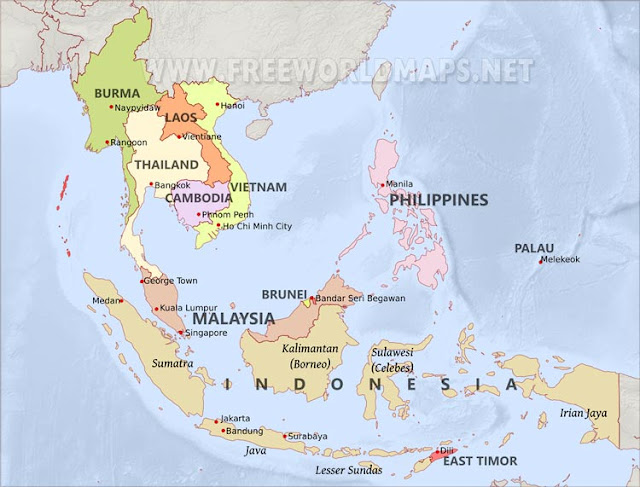A Warm Fulaga Welcome
 |
| Arrival in Fulaga with our local crew who would become our Fulaga family! |
The anchor was dropped, celebratory drinks were cracked open, and we let the beauty and peacefulness of Fulaga soak in before fulfilling our island obligation - the sevu sevu (sayvoo sayvoo) ceremony. We pulled our traditional Fiji ceremonial duds out of the closet once again, and grabbed a bundle of kava to present to the chief. Going ashore here required a bit of planning and scheduling. At low tide, the dinghy would be beached. If we anchored further out, though, someone would be swimming to get to it at high tide! We do have wheels on our dinghy now, which make it easier to roll back into the water, but our friends, Wanda and Theo, didn’t. Aliforeti, our passenger who hitched a ride with us from Nadi, had a simple solution! He picked up Theo in his outrigger canoe and ferried him back to shore. Meanwhile, the rest of us did the ‘Mosquito Mambo’ on the beach as the little suckers viciously attacked their new visitors.
 |
| Theo being taxied ashore and swatting mosquitoes as Aliforeti pushes off in the shallow waters near shore. |
 |
| Hiking to the village - the first of many. Elizabeth carrying the yangona for the ceremony. |
It was a hike to the village, but beautiful. We passed cassava crops, mango trees, and pig pens along the way. Bright blue kingfishers perched in the trees overhead and swallows zoomed around us, feasting on the abundance of mosquitos. Itching and excited, we encountered our first welcoming committee. The nurse, Sera, and Auntie Sera stood outside the clinic and shouted a warm “Bula” to us as we approached. We laughed at the name we all shared, and immediately, I was dubbed Sera the third!
 |
| 'Sera' cubed! |
Respect and modesty is a very important part of this culture, and we’d been filled in by other cruisers about the expectations of visitors to any island village in Fiji. Remove hats and sunglasses from your head completely. Wear modest attire that covers shoulders and knees. Carry any backpacks or bags down low, not over your shoulder or on your back. We did our best to honor these guidelines, appreciating the fact that they still value these etiquette rules, especially as I see the shorts get shorter and the tops get skimpier among the younger generation in America.
Getting in and out of a dinghy in a long skirt, however, can be precarious and threatens even the most gallant attempts at modesty! My cruising friend, Deanne, shared a very important tip with me - wear shorts in the dinghy to shore and bring a sarong with you to put over them once you’re on dry land. Not only did this solve the dinghy problem, but it meant I could reposition my legs discreetly when they inevitably fell asleep tucked beneath me on the woven floor mats of the village homes. Like when I was a schoolgirl who spent my entire recess swinging from the monkey bars, I always made sure to remember my bottom layer before heading to shore. Later during our stay, I heard tales of cruisers who’d opted to go “commando” under their sarongs. They unknowingly flashed the local ladies repeatedly during Monday’s mat-weaving session!! So long, Modesty!
 |
| We are officially welcomed to the village of Fulaga and request a quick photo after the formalities |
 |
| Cruiser friends who helped get the outrigger sailing again! |
The sevu sevu ceremony was like many others. We presented the kava to the chief. He said a lengthy blessing in Fijian that we couldn’t begin to understand, clapped his hands three times, and welcomed us to be part of their community. We signed the visitors book and took a minute to flip back and look for entries written by cruising friends who’d come and gone. The chief passed us precious photographs of yachties interacting with the village, some who had helped repair one of the village’s sailing outriggers. This year, there had been only seventy yachts visit during the cruising season, down from the 150 last year.
 |
| Warm smiles, kittens, and trees heavy with fruit. Who could ask for more?? |
This particular village in Fulaga is progressive in its hospitality. They have created a host family program to integrate the visitors into the community. At the arrival ceremony, the cruisers are partnered with a family from the village who keeps them informed of events and shows them around the area. As a newcomer, it’s nice to have somewhere to “hang your hat” in the village, rather than just wandering around hoping for some conversation or interaction. Since Bale and Aliforeti had been our guests aboard, they requested to be our hosts during our stay. It made for a very easy entry into the village experience. And it wasn’t long before our activity calendar was filled up with weaving, coconut oil making, hut building, roti rolling, and more! This would be a Field Trip like we’d never taken before. It wouldn't only involve lessons in how to live, but deeper lessons in how to love. And those are the ones that will change us forever.





Comments
Post a Comment